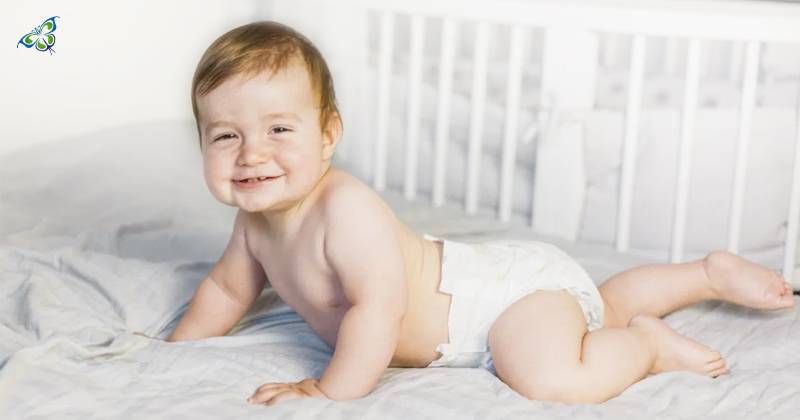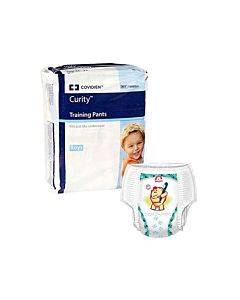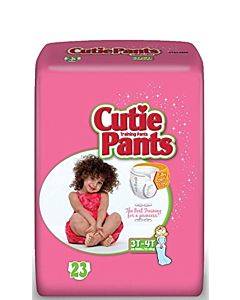Pediatric training diapers: When to start & how are they useful? | Garner Supply

Are you parenting a toddler? Is your kiddo somewhere between one and a half or two years of age? Pediatric toilet training is certainly on your to-do list or worse still, you're trying to make it a success for days, but in vain! Don’t panic. This is just a passing phase and every parent needs to go through this grueling mission in their lives. The most frequently asked question regarding toilet training is: “When do I start?” Well, the simplest way to reply would be: “NOT BEFORE YOUR CHILD IS READY”!
So, what are the signs of readiness for a child?
Scientifically, a normal healthy child is not ready before the age of 18 months. Between 1 ½ year and 3 years, children are both emotionally and physically ready for using the toilet.
A child under 2 years is unable to control his or urge of peeing or passing stool. For the muscles of the bladder and the rectum to be mature enough to control the excretory matter, a child needs to attain the age of 18 months at least. It is therefore important to wait for a certain period until you notice the signs of readiness in your baby.

Ideally, toilet training needs to be started between the age of 2 to 3 years. However, there’s officially no age as to when toilet training should start. Sometimes the parents don’t need to train their children at all. They simply copy others like older siblings in the house and follow what they are doing! All you need to do is to provide the child with proper instructions as to when and how he or she carries out the necessary act!
Some important FAQS concerning toilet training diapers
1. What are pediatric training diapers and how to use them?
Training diapers are simply a specific kind of potty-training underwear that is made up of absorbent material like plastic or cloth that is easy to pull up and down. This is essential during potty-training because the child should be able to pull it down easily after reaching the bathroom! The material of training pants is absorbent and thus functions to save the child during his or her initial training days.
Toilet training pants indeed make toddlers feel like a “big boy” or “big girl” who’s learning new things and gives them the feeling of ‘growing up’. In the process the baby learns things like bladder control, using the toilet when in need, etc.
2. How are training pants different from diapers?
Pediatric training pants are designed such that they look and feel more like underpants or regular underwear. They are often termed as 'pull-ups' as they give the baby the freedom to easily slide up and down his pants.
3. What are the different types of toilet training diapers?
Primarily, this product is found in two variants: The disposable training diapers and the reusable cloth training pants. Mostly, the disposable ones are used in times of inconvenience when it is difficult to go for cleanups, that is, while on a family vacation or a shopping destination, etc. Many go for the disposable ones at first and then transit into normal undergarments when the child has begun to respond positively to the training process.
All that said, you need to remember one thing: true independence is not a baby’s cup of tea; it literally implies that the baby knows –
-
When and how to use the toilet
-
How to self-control unless the toilet is reached
-
How to flush the toilet
-
How to pull the clothes up and down
-
How to wipe the bottom and so on
So, it must be clear by now that for all the right things to happen, a child needs to attain a certain age which is approximately 3 to 4 years.
In some untoward cases, parents have been found to start potty and toilet training while their babies were not even a year old! This is not recommended by health experts.
In a gist, pediatric training pants might be used in the transition phase from diapers to regular underwear. The basic advantage of training diapers of pants is that they are easier to pull up and down than the traditional diapers. When the kid learns to use the toilet or is in his early phase of toilet-use, these re-usable easy-to-handle pants are of great use. When your child feels the urge to use the toilet, he can do it with ease, and on the other hand, in case there’s an accident, the surrounding environment is saved from being soiled!



Validate your login
Sign In
Create New Account